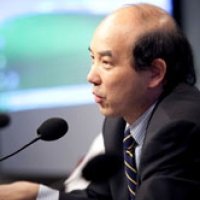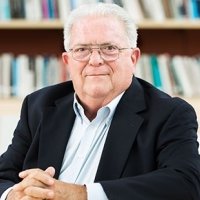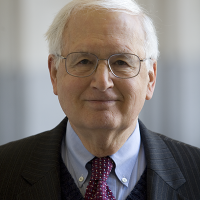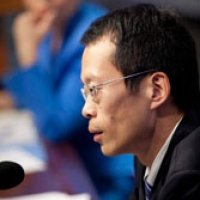Latin America and China: What Do They Mean for Each Other?
Event co-sponsors: the Institute of the Americas, the China Institutes for Contemporary International Studies, and the Wilson Center’s Kissinger Institute on China and the United States
The basic contours of the relationship are well known. The last decade has seen an explosion in trade between China and Latin America, coupled now with an accelerated pace of investment. This has been fueled by growth rates in China of an average of 10 percent a year beginning in the year 2000, and massive, historic reductions of poverty in China that have vastly increased the size of the internal market. The majority of the trade between China and Latin America has consisted of exports from Latin America of primary commodities, food, and energy, while China’s exports to the region consist mainly of manufactured goods. Most analysts agree that Latin America’s economic resilience in the face of the 2008 global recession was due to ongoing and strong Chinese demand.
Nonetheless, the imbalance in the trading relationship has given rise to a host of concerns about exaggerated dependency of many Latin American countries on the Chinese market, such as what happens if Chinese growth slows considerably, and with it, demand for Latin American commodities? Other concerns include the return to patterns of development reminiscent of the 18th and 19th centuries, something that magnifies vulnerabilities to external shocks and unfair trade practices by the Chinese—both the dumping of products such as steel and the discrimination against exports from the region with a higher value added. Others counter, however, that the key issue for Latin American countries is not the structure of trade, but rather, how the surpluses are used, whether they are channeled into investments in education, infrastructure, research and development or other areas that would contribute to long-term productivity gains.
The debate is here to stay. Indeed, as the United States and Europe are mired in recession, many scholars argue that we are witnessing nothing less than a major transformation of the international system, a transfer of power from West to East.
Read remarks from the event speakers here: http://www.wilsoncenter.org/publication/Latin-America-and-China-What-Do-They-Mean-for-Each-Other-2011
Speakers





Founding Director Emeritus, Kissinger Institute on China and the United States



Senior Director, Global Strategic Risks at ExxonMobil

Hosted By

Latin America Program
The Wilson Center’s prestigious Latin America Program provides non-partisan expertise to a broad community of decision makers in the United States and Latin America on critical policy issues facing the Hemisphere. The Program provides insightful and actionable research for policymakers, private sector leaders, journalists, and public intellectuals in the United States and Latin America. To bridge the gap between scholarship and policy action, it fosters new inquiry, sponsors high-level public and private meetings among multiple stakeholders, and explores policy options to improve outcomes for citizens throughout the Americas. Drawing on the Wilson Center’s strength as the nation’s key non-partisan policy forum, the Program serves as a trusted source of analysis and a vital point of contact between the worlds of scholarship and action. Read more


Kissinger Institute on China and the United States
The Kissinger Institute works to ensure that China policy serves American long-term interests and is founded in understanding of historical and cultural factors in bilateral relations and in accurate assessment of the aspirations of China’s government and people. Read more
